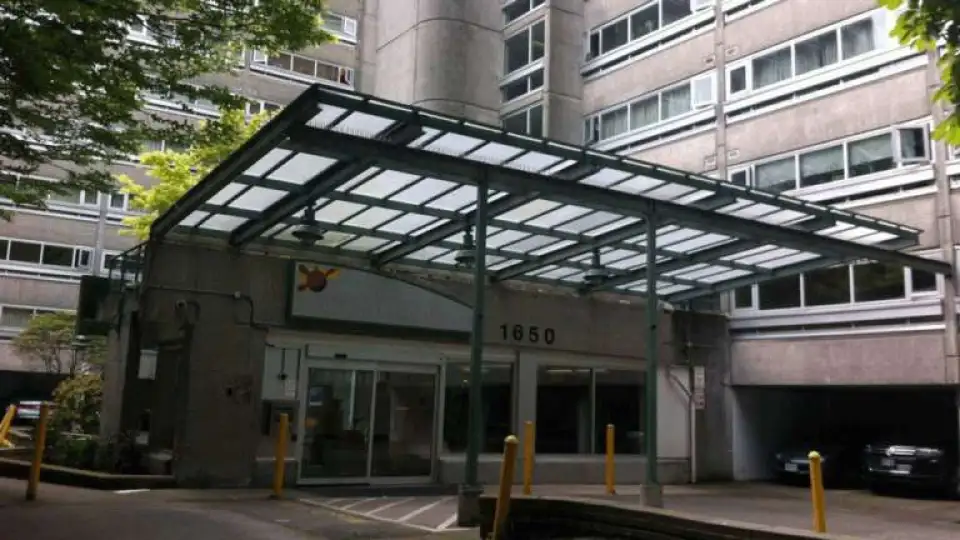
Is it possible to achieve large energy savings with minimum capital investment by using existing equipment to its full potential?
In 2018, Impact Engineering was engaged by More Than a Roof Housing Society, to study its Sunset Towers facility and to understand the potential for building recommissioning to achieve energy savings.
With Study and Capital funding from the FortisBC Custom program as well as BC Housing’s EERP program, our team achieved a measured 25% reduction in natural gas use, resulting in a simple payback under 2 years after Fortis incentives.
This is the story of how thoughtful targeted actions lead to approximate savings of 50% in base energy use (primarily DHW) and 10% in heating related energy use.
Building Systems
Sunset Towers, located in Vancouver, BC, consists of two towers (16 storey, 23 storey) covering a total of 150,000 ft2 of conditioned space. The buildings are heated by a central mechanical plant supplying hot water to radiators, to rooftop ventilation units and to heat exchangers for production of domestic hot water.
At the heart of the plant are five (5) 1,500 MBH condensing boilers.
First Impressions
Our design philosophy is centered on uncomplicated systems that are easy to operate and to maintain. On our first site visit to Sunset Towers, we realized that though the main equipment was high efficiency, the complexity of the existing plant did not facilitate efficient operation.
It was also clear upon review and in speaking with the maintenance contractor that the building DDC system had failed to perform its function. As a result, manual adjustment was necessary.
The combination of these factors was preventing mechanical equipment from achieving its high efficiency potential.
Energy Saving Strategies
Decoupling Domestic Hot Water from Space Heating
The first step to unlocking the energy savings potential was the physical piping separation of DHW and space heating. This eliminated a complex control valve arrangement and allowed boilers to match demand.
Two (2) boilers now serve DHW and three (3) serve space heating, providing redundancy for each system. The project team installed manual shut-off valves to enable reconnection of the entire plant if needed.
Boilers System controls with DDC
We installed a new DCC control system that allowed space heating boilers to follow an outdoor air temperature reset curve. Ventilation supply temperature also follows an outdoor reset curve and air volume is adjusted seasonally.
Rather than store DHW at continually elevated temperatures, we programmed a Cleanse Mode to allow the DHW boilers to operate in their highest efficiency range.
DHW System Improvements
The team replaced DHW boiler circulation pumps with smart pumps to respond to actual DHW demand, and reduced DHW storage from (3) tanks per zone to one (1) tank per zone.
DHW recirculation pumps were disabled from 11pm – 6am and only activated during operational hours when the recirculation temperature drops below a set point.
Zone Control System
Existing zone thermostats consisted of manual lever arm models that were inaccurate and were often set for temperatures as high as 30°C with windows left open to combat overheating.
We replaced these controls with digital battery-operated thermostats with pre-programmed temperature range limits.
Following the Savings
In the first year of operation post retrofit, Sunset Towers saved more than 4,000 GJ and over 200 tonnes of carbon emissions.
Our monitoring has shown that almost half of these savings came from the base load (primarily DHW). All the actions described above made this possible.
Additional space heating savings are possible beyond the current 8% reduction. We plan to further optimize this system by reviewing DDC logs for opportunities to match loads as closely as possible.
Opportunities Abound
This experience makes it clear that there are substantial energy savings waiting to be unlocked in existing buildings and that these savings do not require substantial investment in new equipment.
Owners and operators have a fantastic opportunity to realize this value.